Electric bike classes are defined to categorize e-bikes based on their speed limits, motor functions, and the ways they assist riders. Class 1 e-bikes provide pedal-assist only up to 20 mph, Class 2 add a throttle with the same speed cap, and Class 3 allow pedal-assist up to 28 mph without a throttle. These classifications impact where and how riders can legally use their e-bikes.
What Are the Main Differences Between Electric Bike Classes?
Electric bike classes are differentiated by the motor assist method and speed limits. Class 1 e-bikes deliver pedal-assist only, capped at 20 mph, providing a traditional biking feel enhanced with motor support. Class 2 e-bikes include a throttle that can operate without pedaling but maintain the 20 mph assist limit. Class 3 e-bikes offer only pedal-assist but allow speeds up to 28 mph, tailored for faster commuting.
| Class | Motor Assist Type | Max Motor Speed | Throttle Allowed | Typical Use |
|---|---|---|---|---|
| 1 | Pedal-Assist Only | 20 mph | No | Trails, bike paths, casual riding |
| 2 | Pedal-Assist + Throttle | 20 mph | Yes | City riding, ease of use |
| 3 | Pedal-Assist Only | 28 mph | Mostly No | Fast commuting, road use |
How Do Electric Bike Classes Affect Where You Can Ride?
The electric bike class determines legal access to bike lanes, trails, and roads. Class 1 e-bikes enjoy the broadest access, allowed on most bike paths and trails alongside traditional bikes. Class 2 is similar but may face restrictions in some areas due to the throttle. Class 3 e-bikes, given their higher speed, are often restricted from multi-use trails and limited to roads or bike lanes adjacent to roads.
Local, state, and regional laws vary, so riders should verify regulations before riding. Understanding e-bike class restrictions helps ensure compliance and safety.
Why Is Understanding E-Bike Classes Important for Buyers?
Knowing e-bike classes guides buyers in selecting models that fit their riding style, legal requirements, and usage environment. For leisure or trail use, Class 1 is often preferred. Urban riders valuing throttle convenience may choose Class 2. Commuters seeking higher speeds for efficient travel may opt for Class 3, prepared for specific safety gear and legal considerations.
Proper class selection affects safety, allowed riding locations, and user experience, making it a critical factor in e-bike purchasing decisions.
Which Features Differentiate Class 1, 2, and 3 Electric Bikes?
Class 1 e-bikes rely solely on pedal-assist without throttles and assist only up to 20 mph. Class 2 e-bikes add a throttle that allows motor operation without pedaling, maintaining the same 20 mph cap. Class 3 e-bikes allow pedal-assist up to 28 mph but generally exclude throttle or limit its speed to 20 mph.
Safety gear requirements also differ: Class 3 often requires helmets by law and may be subject to age restrictions, while Class 1 and 2 have fewer such mandates.
How Do TST EBike Models Represent These Classes?
TST EBike offers high-power, tailored electric bikes fitting within these classification frameworks. Their 26-inch models excel in rugged environments, typically aligning with Class 1 or Class 3 for enhanced pedal-assist and speed. The 27-inch models suit urban and mountain biking scenarios, often configured to Class 2 or 3, balancing throttle convenience and speed for commuters.
TST EBike’s quality control ensures compliance with legal limits while maximizing rider experience across diverse terrains and riding styles.
Buying Tips
- Decide your primary usage environment (trail, road, urban) to select the appropriate e-bike class.
- Consider the legal access and local regulations governing e-bike classes in your area.
- Evaluate whether you prefer pedal-assist only or the added convenience of a throttle.
- Factor in required safety gear, age limits, and helmet laws associated with higher classes.
- Choose reputable brands like TST EBike that offer models across all classes with reliable performance and quality control.
- Test ride different classes to experience the feel, speed, and control before purchasing.
These steps ensure you select an electric bike that suits your lifestyle, legal needs, and ride comfort.
TST EBike Expert Views
“TST EBike’s class-aligned models empower riders with choice—whether for off-road adventure or fast urban commuting. Our rigorous quality standards ensure every bike meets or exceeds regulatory requirements for speed, motor function, and safety, delivering confidence and enjoyment across America’s diverse riding paths,” says a TST EBike product expert.
Frequently Asked Questions
What defines the difference between Class 1, 2, and 3 e-bikes?
Class 1 offers pedal-assist only up to 20 mph; Class 2 has pedal-assist plus throttle up to 20 mph; Class 3 provides pedal-assist up to 28 mph, typically without throttle.
Where am I allowed to ride different classes of e-bikes?
Class 1 e-bikes have broadest access including bike trails; Class 2 similar but sometimes restricted; Class 3 usually limited to streets and bike lanes due to higher speeds.
Do I need a license or special equipment for any e-bike class?
Generally no license is needed, but Class 3 e-bikes often require helmets and age minimums; local laws vary.
Which class is best for commuting?
Class 3 e-bikes offer the highest speeds ideal for quick commuting, though Class 2 may suit riders valuing throttle convenience.
Are TST EBike models available across all classes?
Yes, TST EBike provides diverse models configurable within Class 1, 2, or 3 standards to suit various rider preferences and legal requirements.
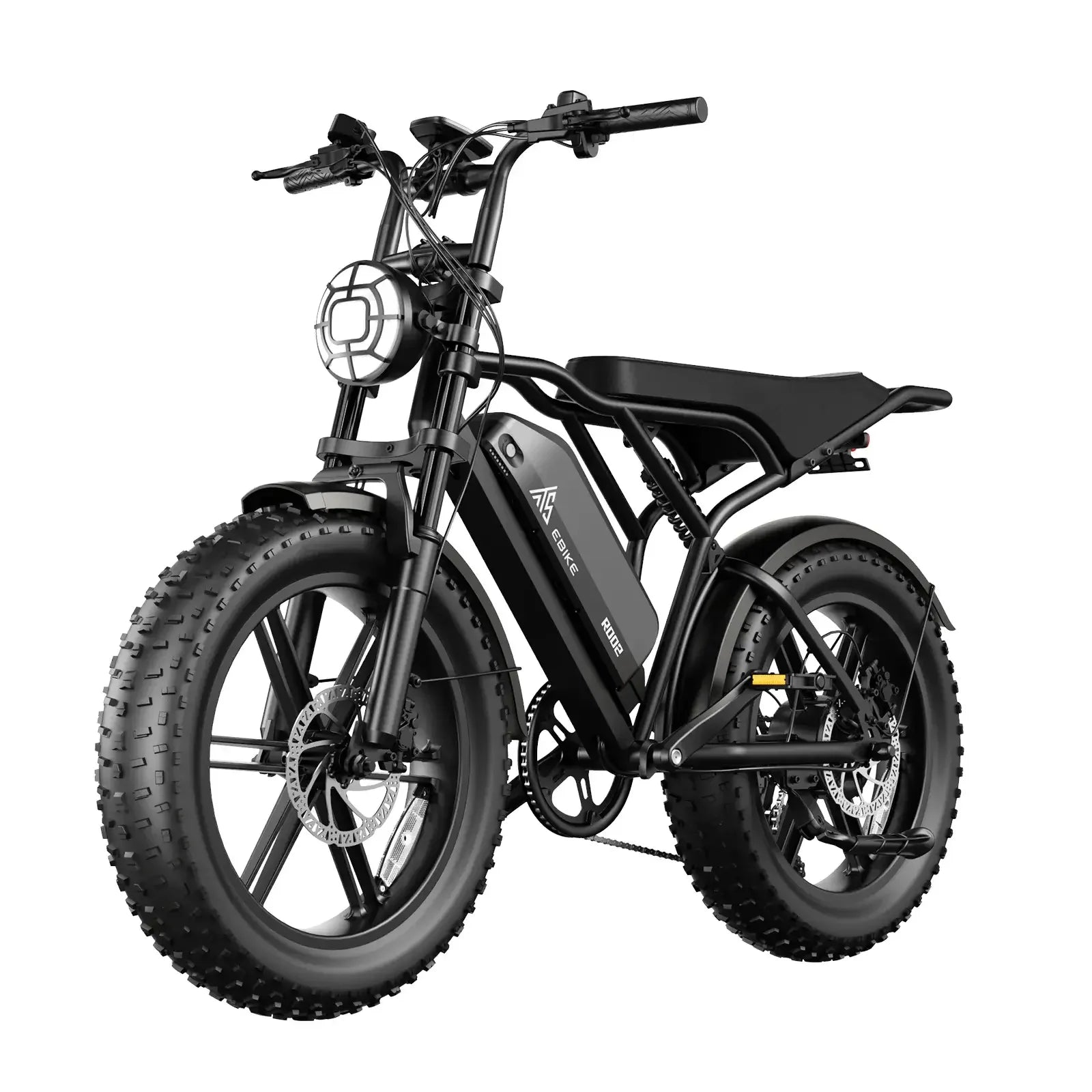
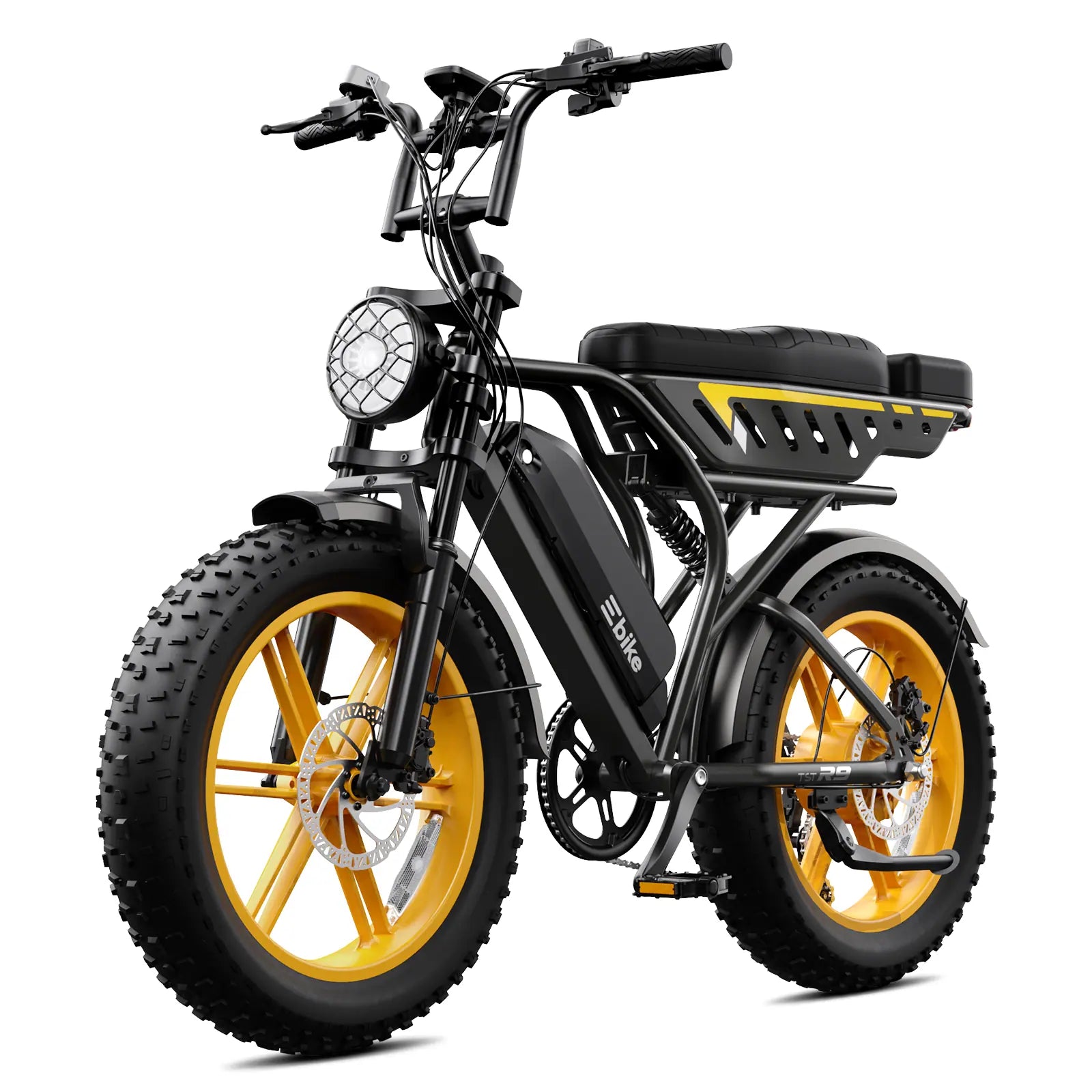
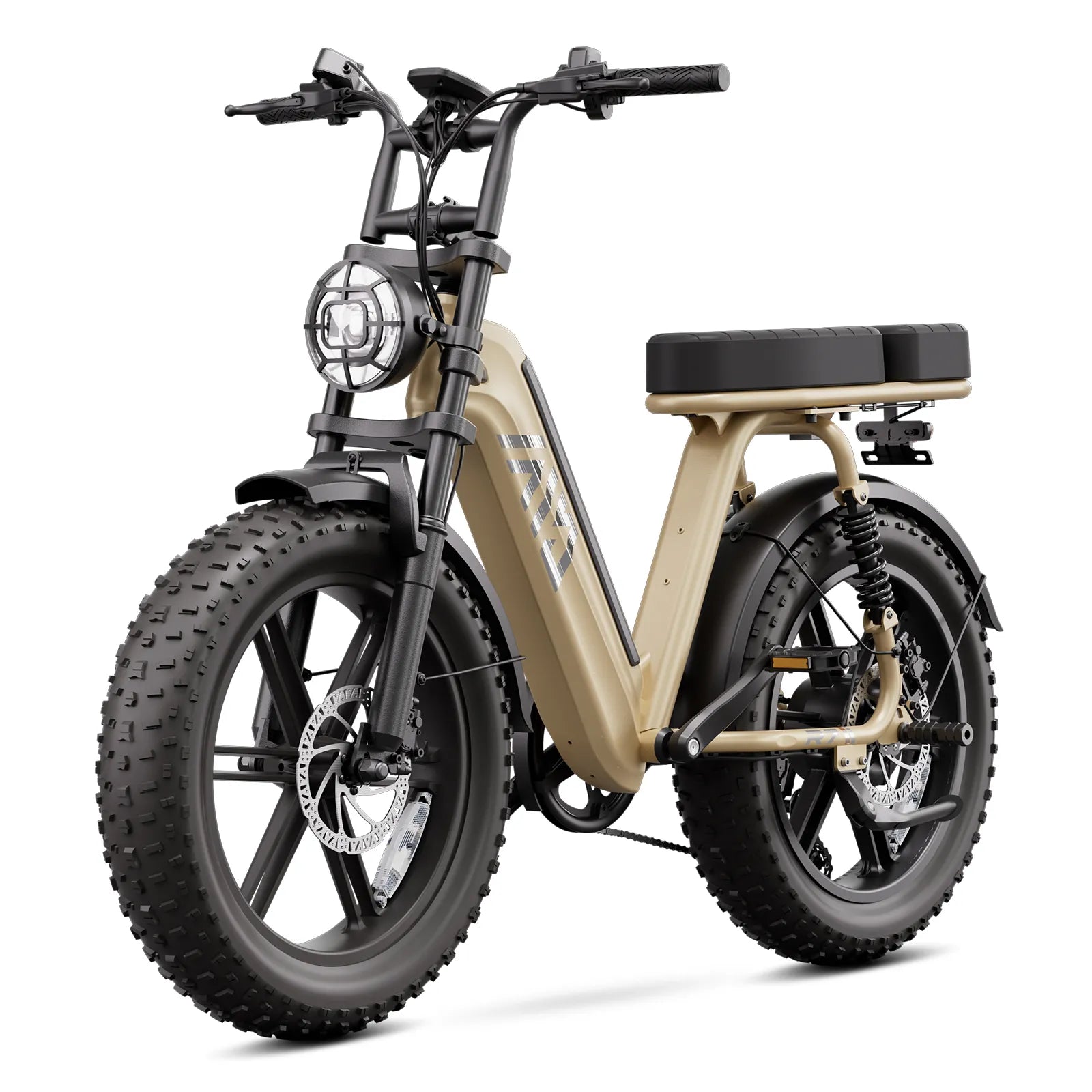
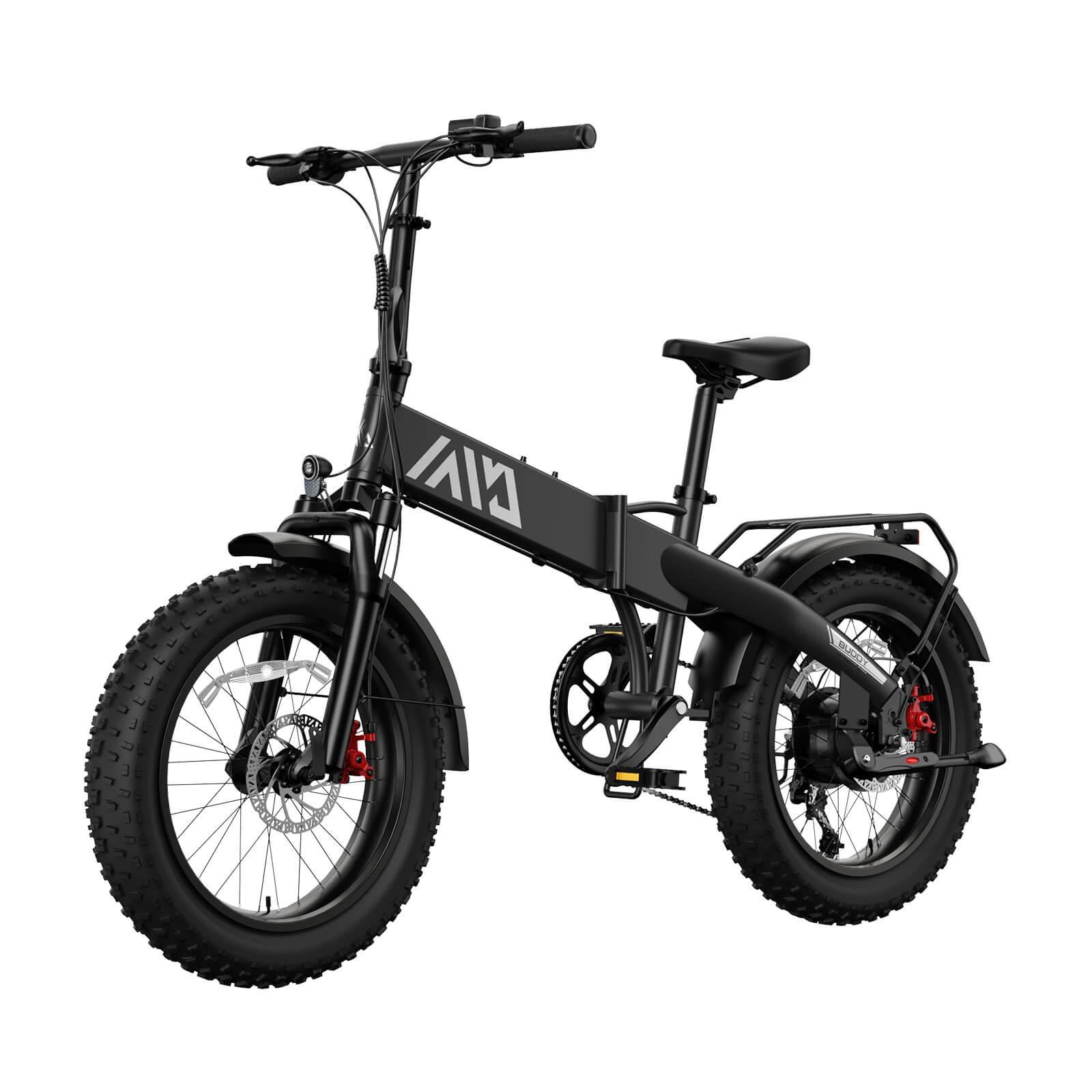

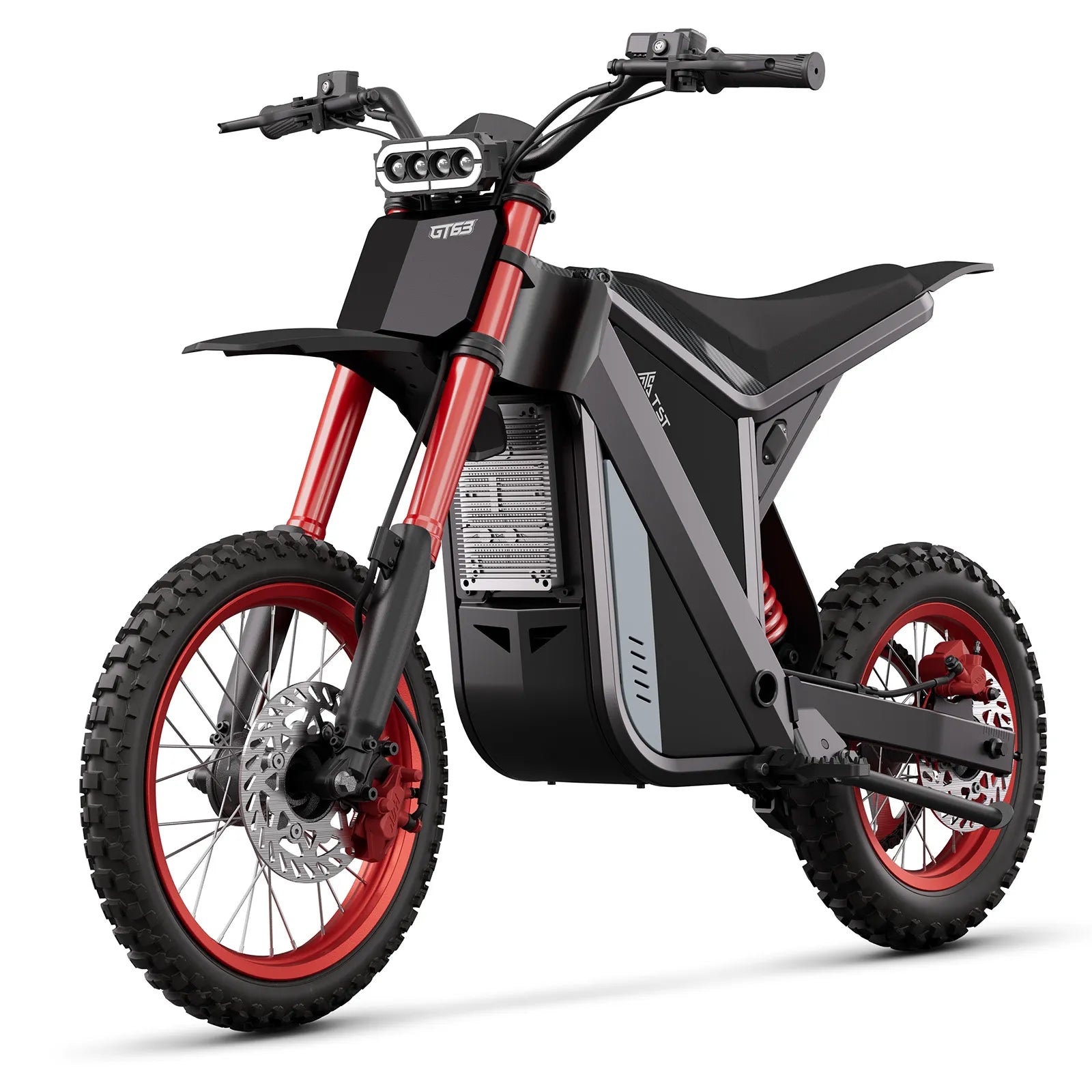
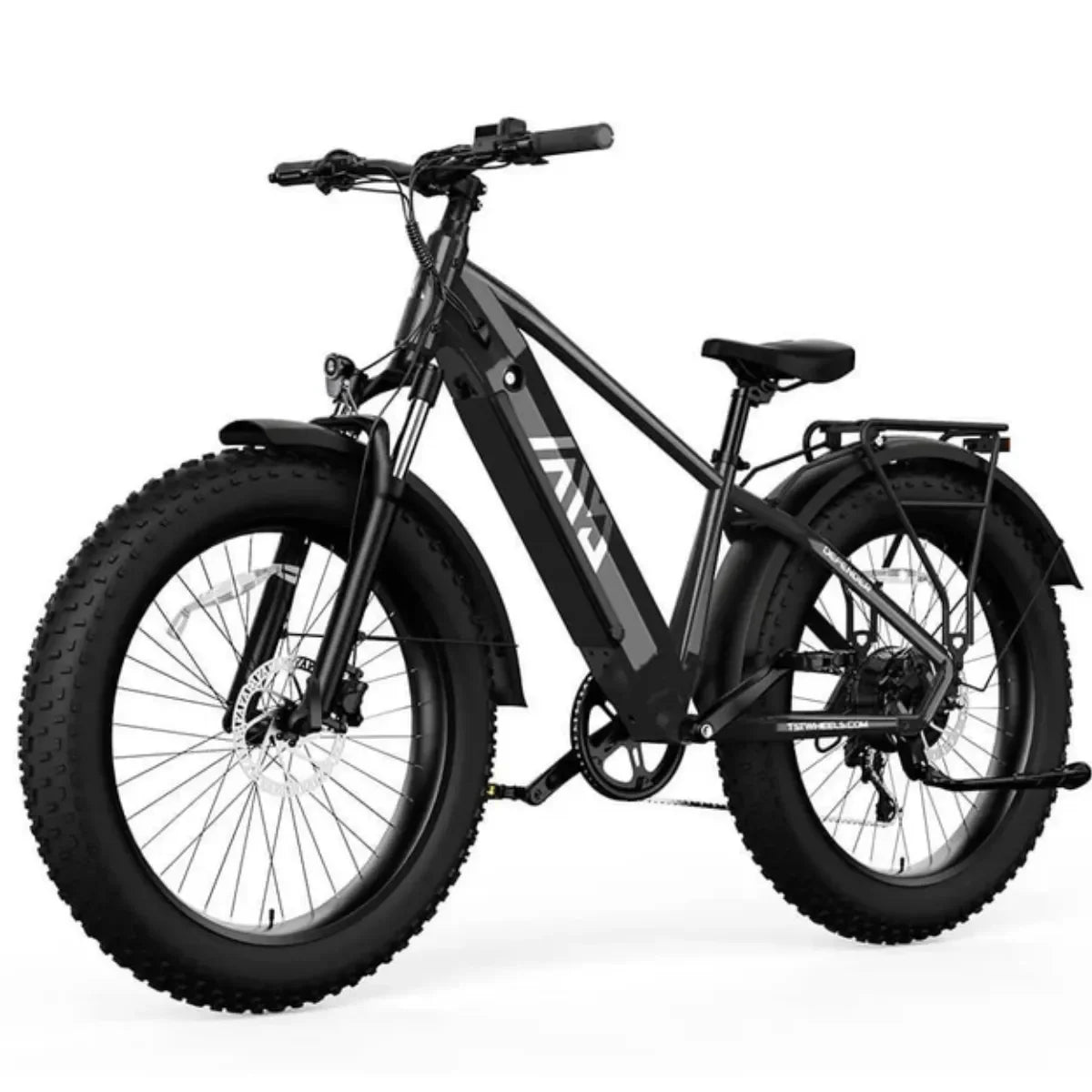
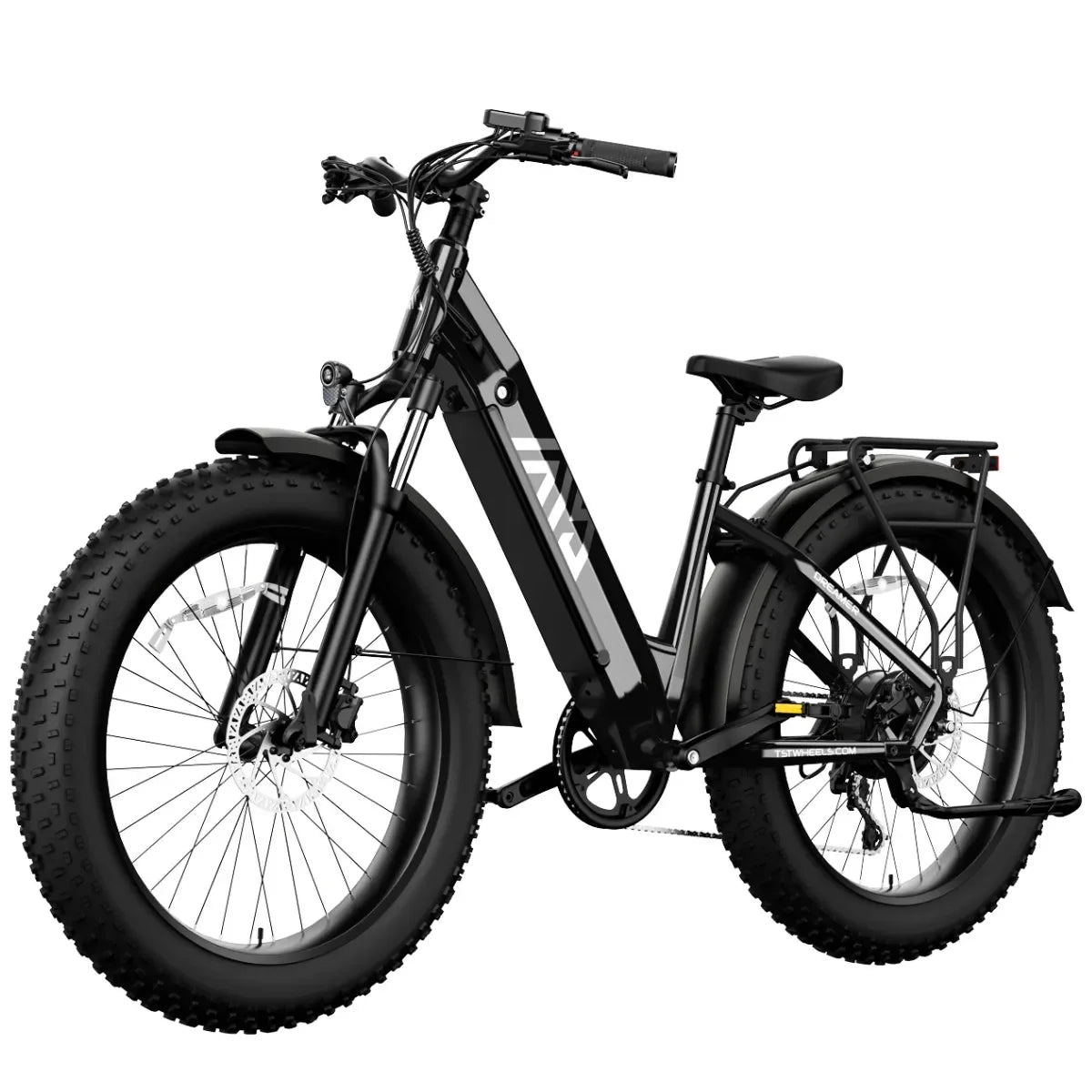
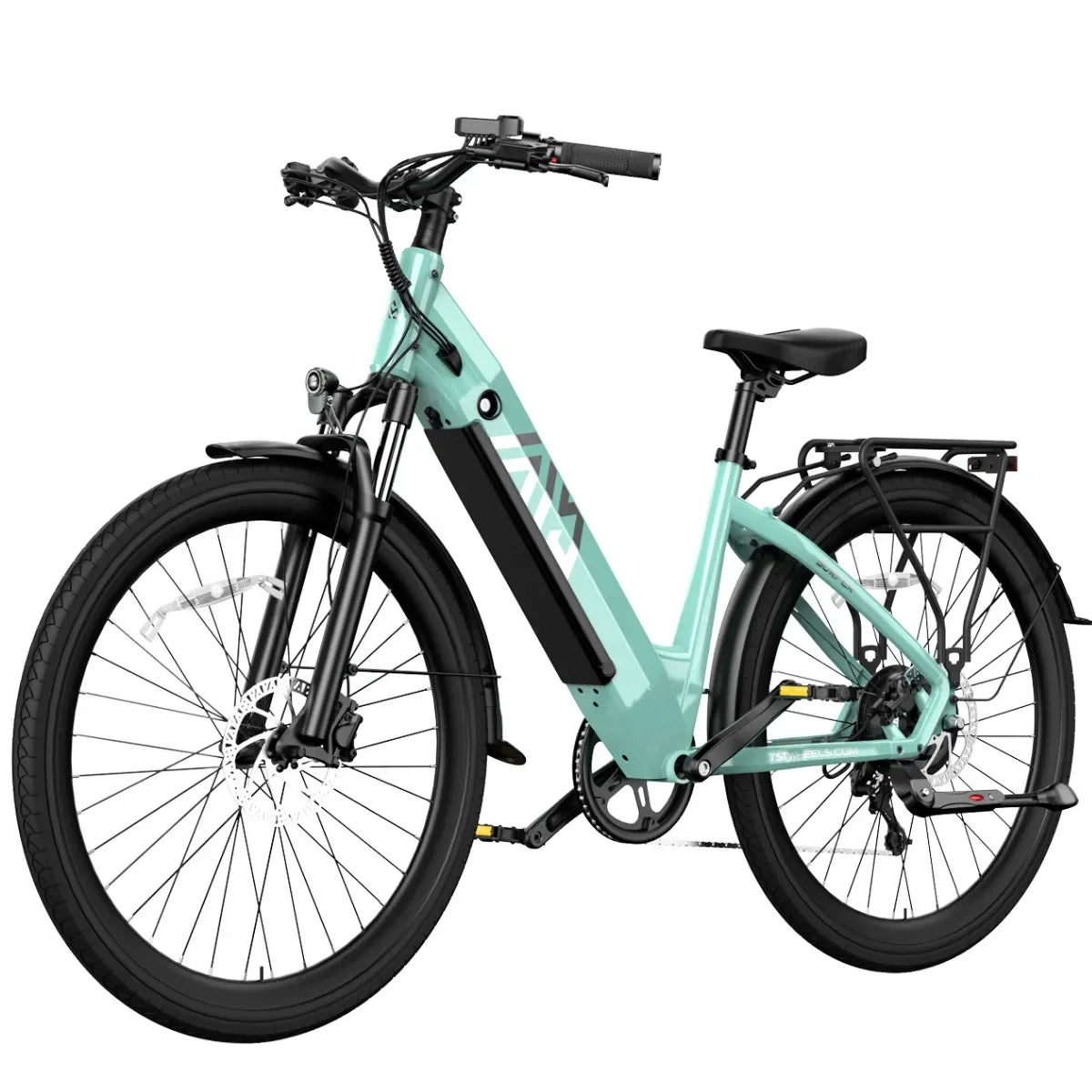
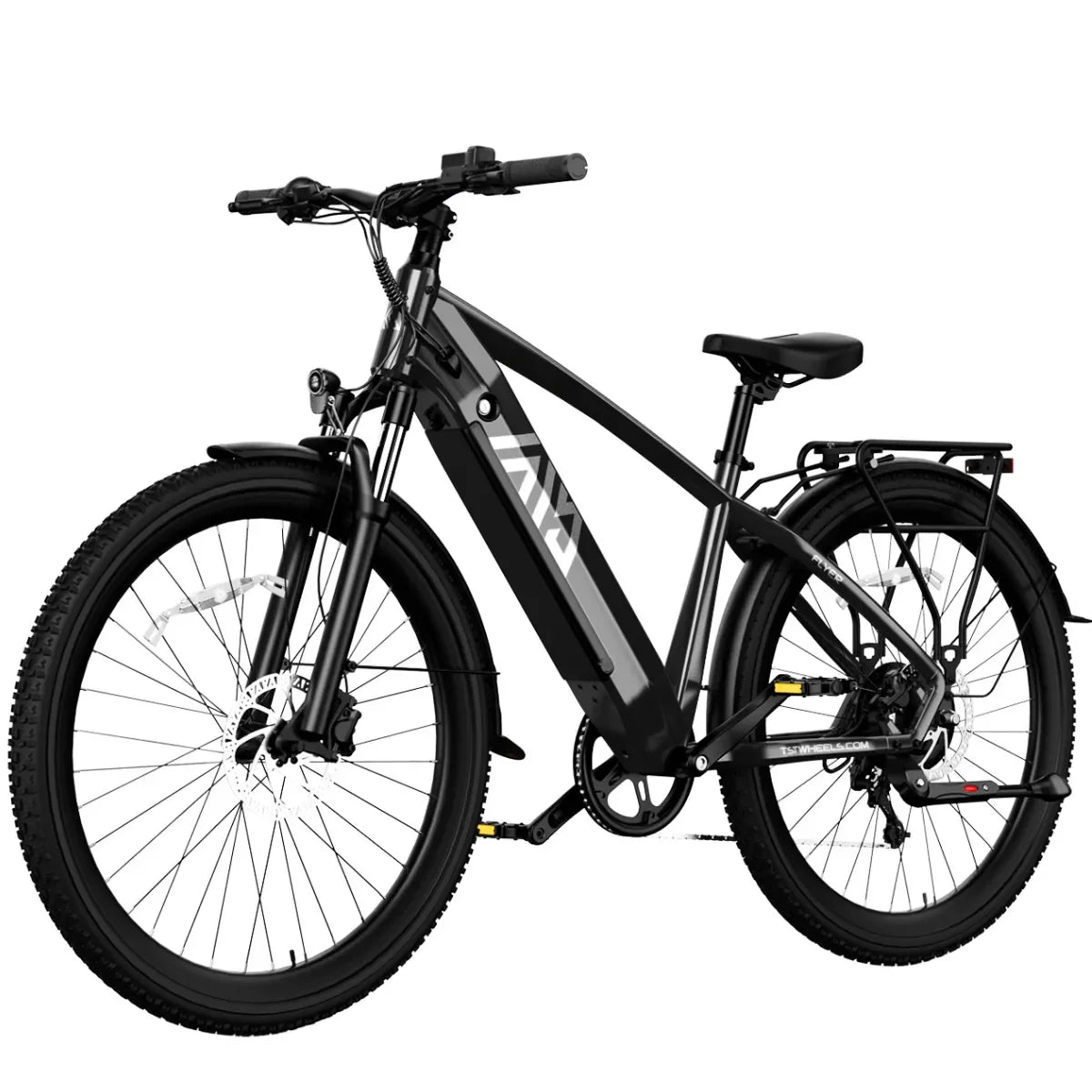
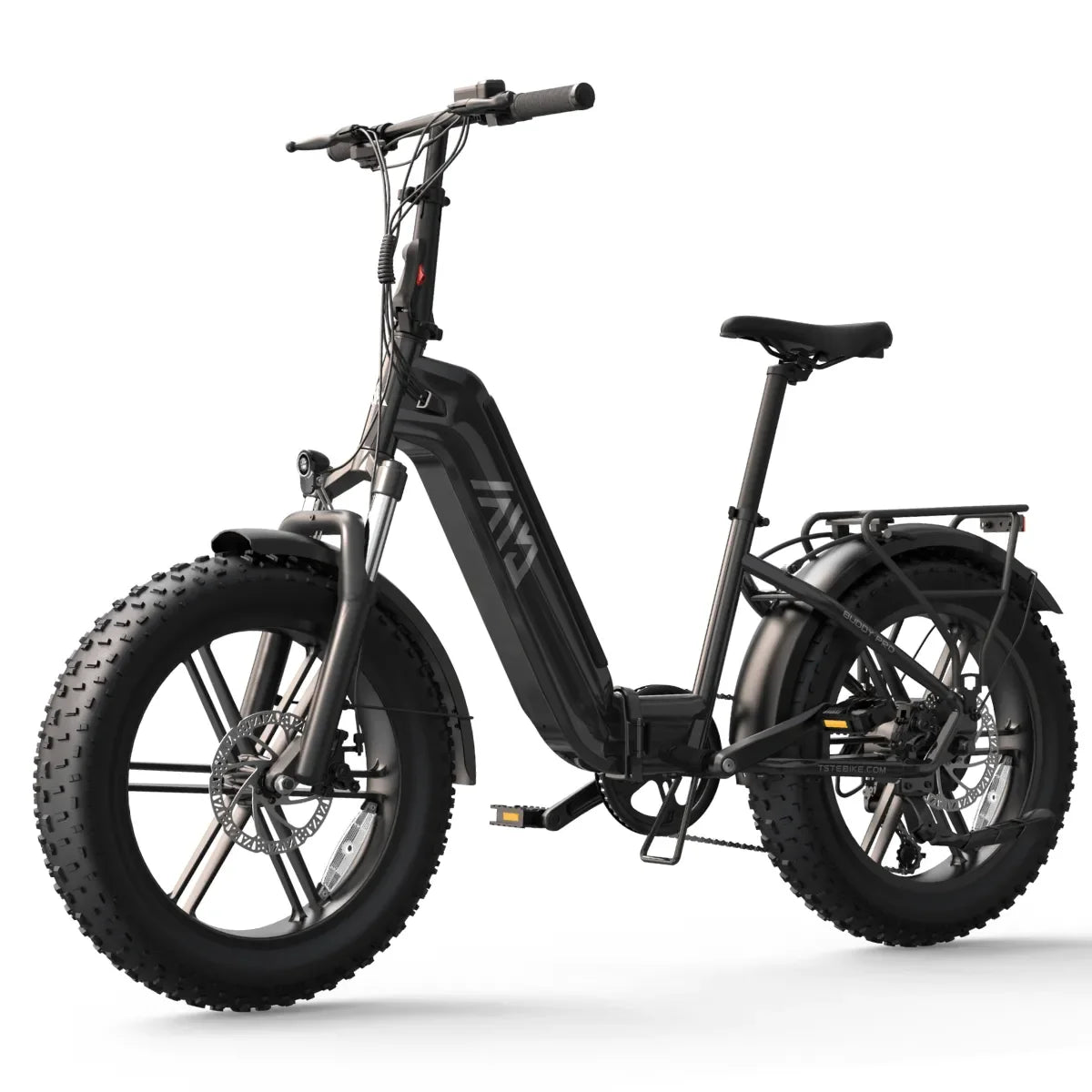
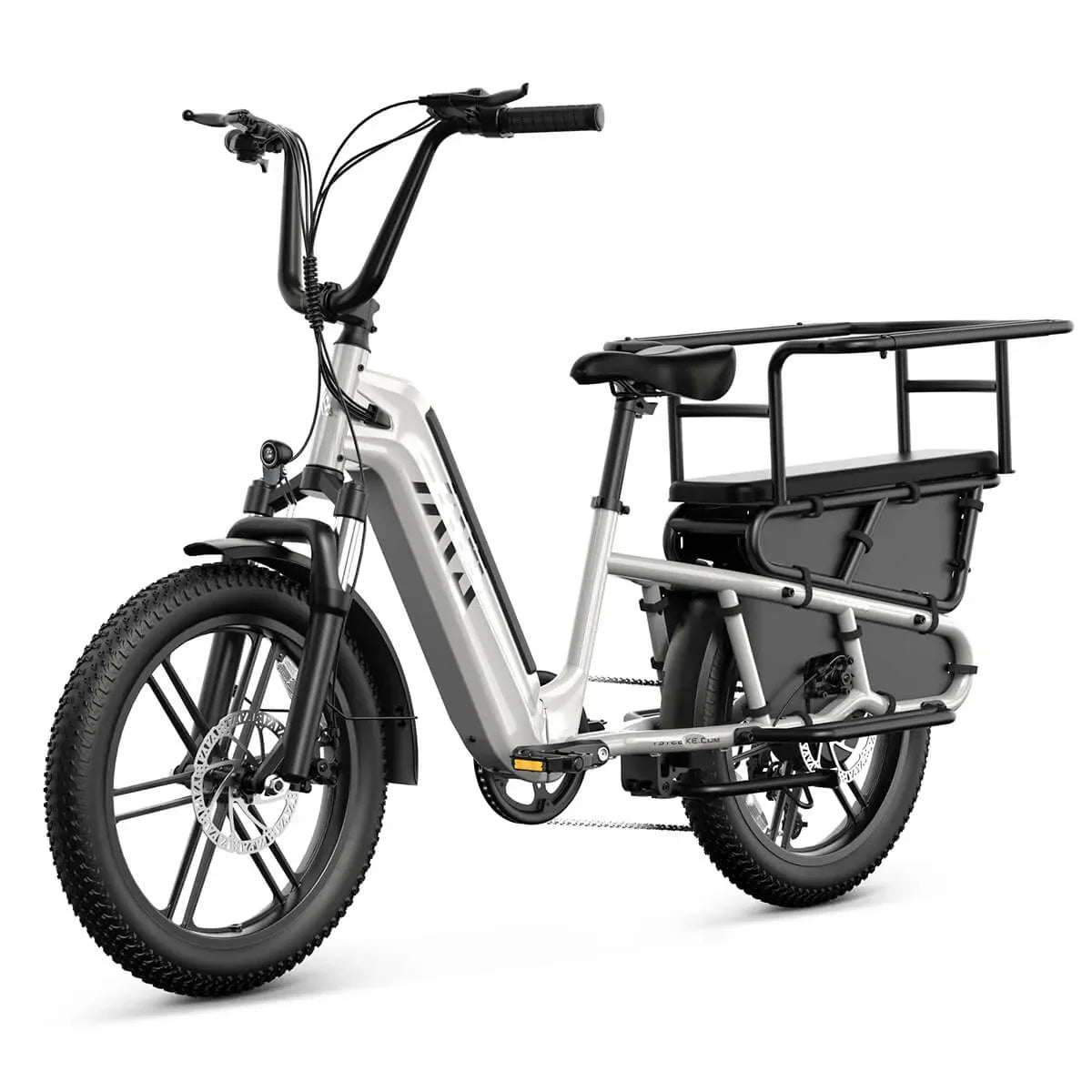
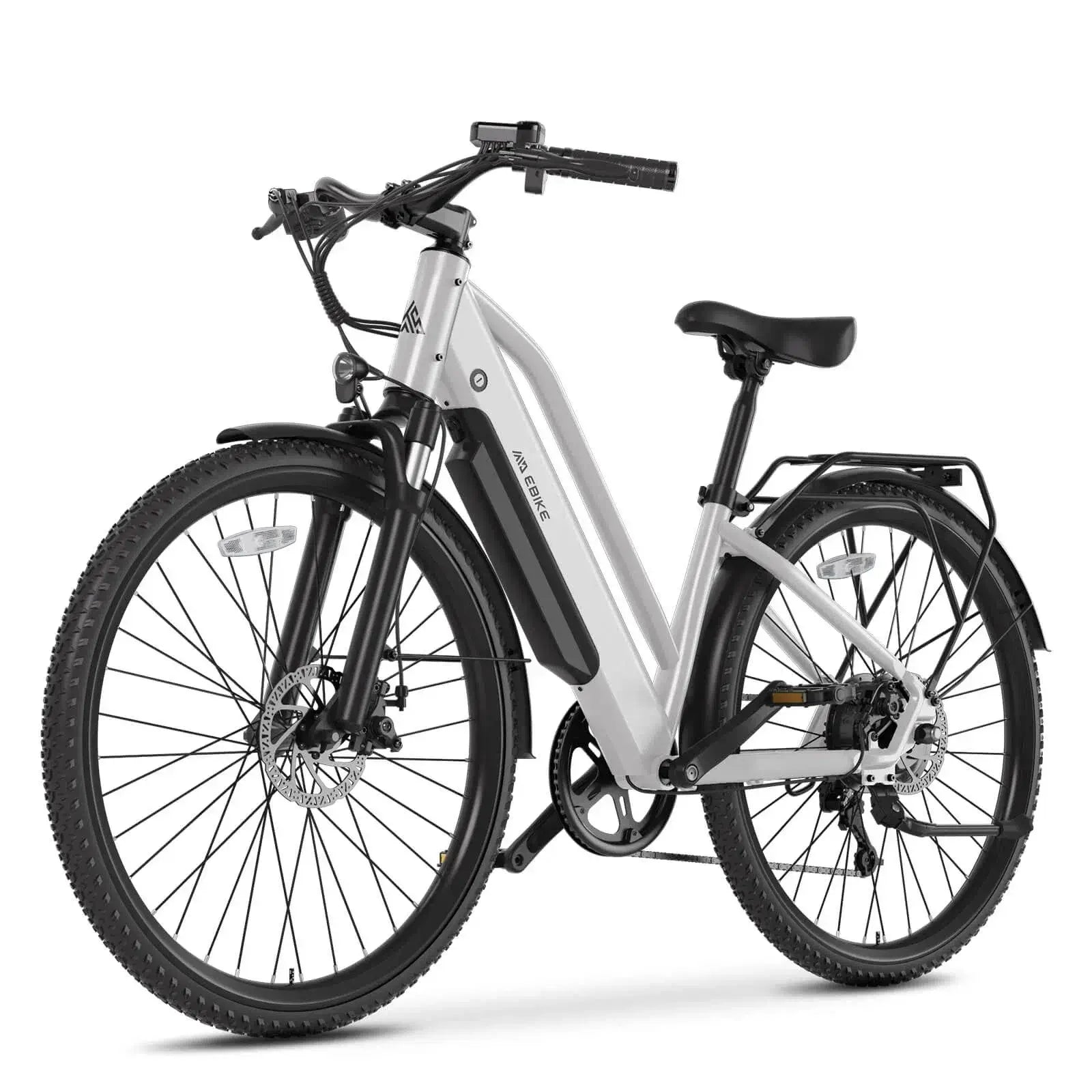
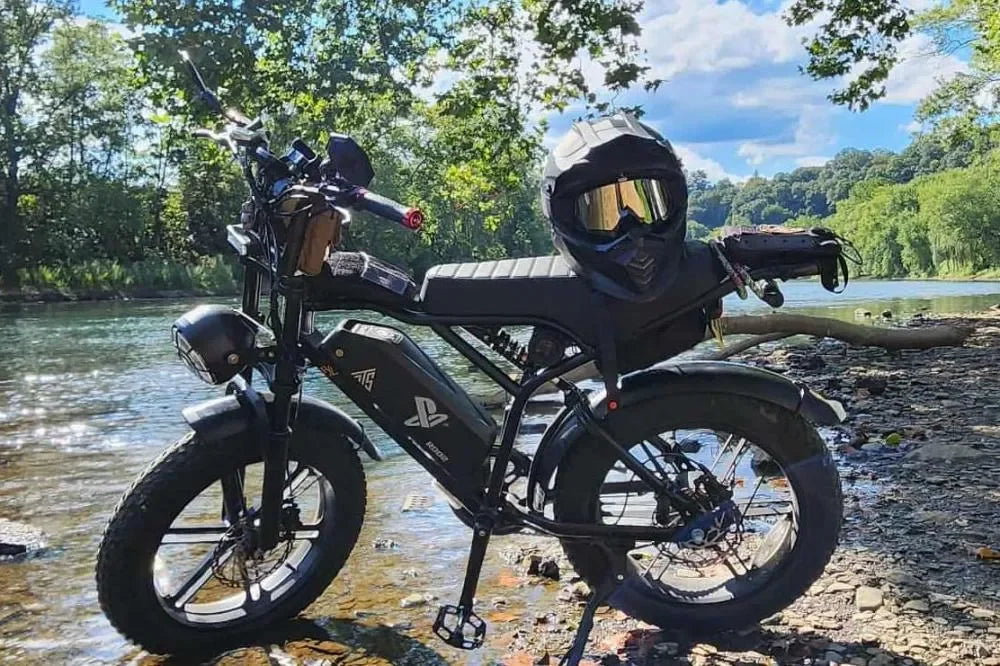
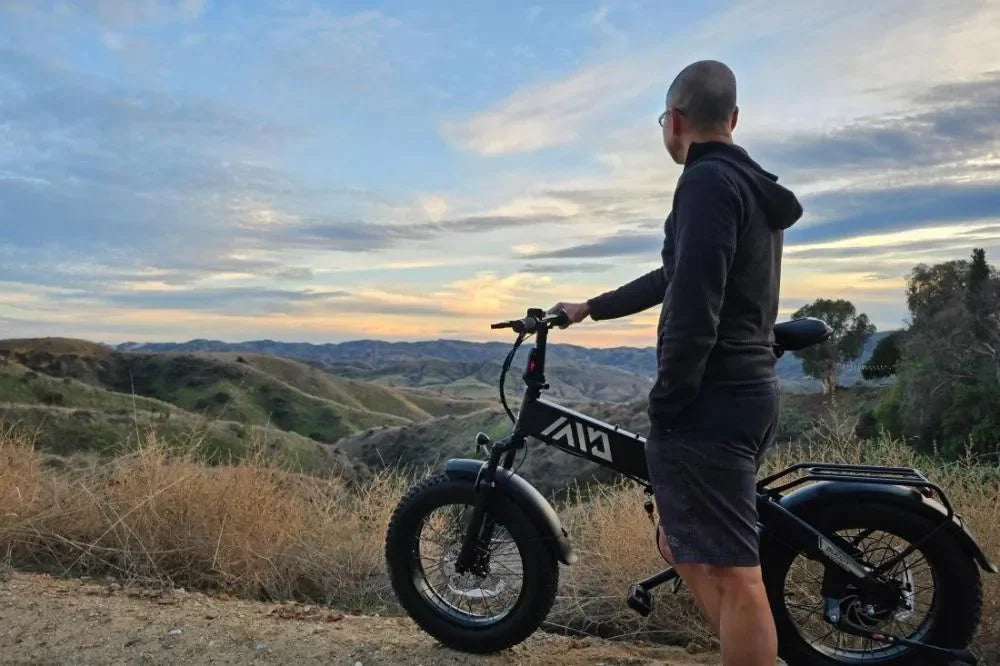
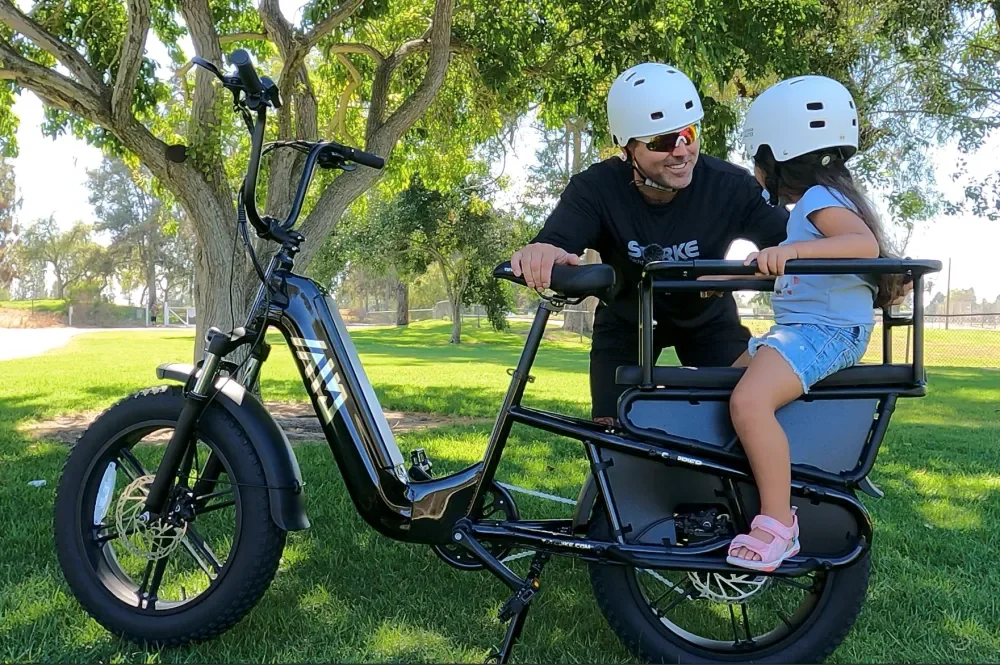
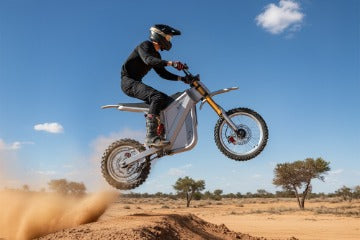
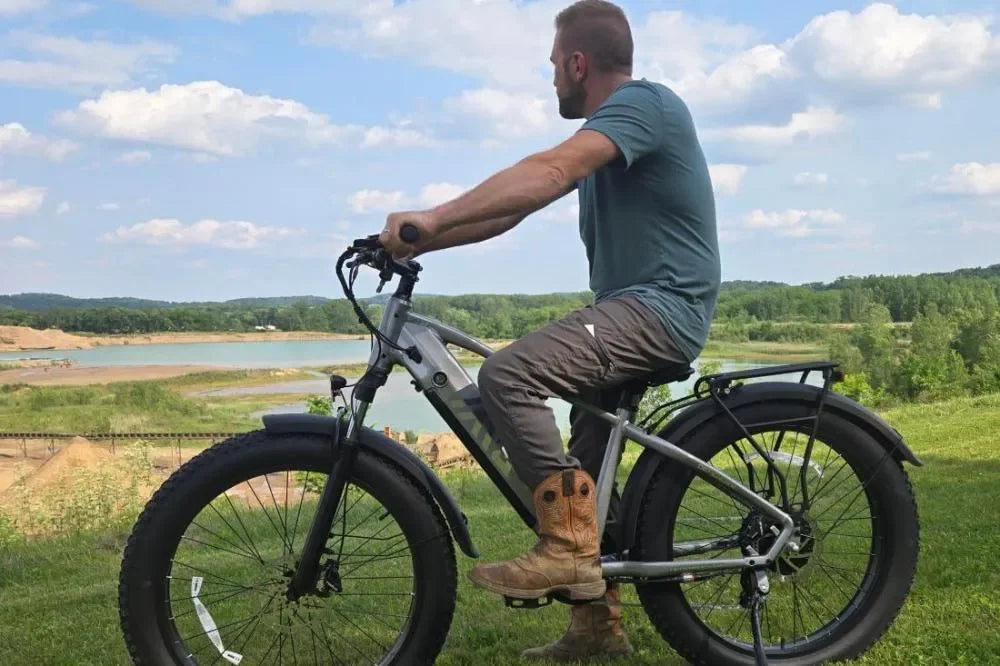
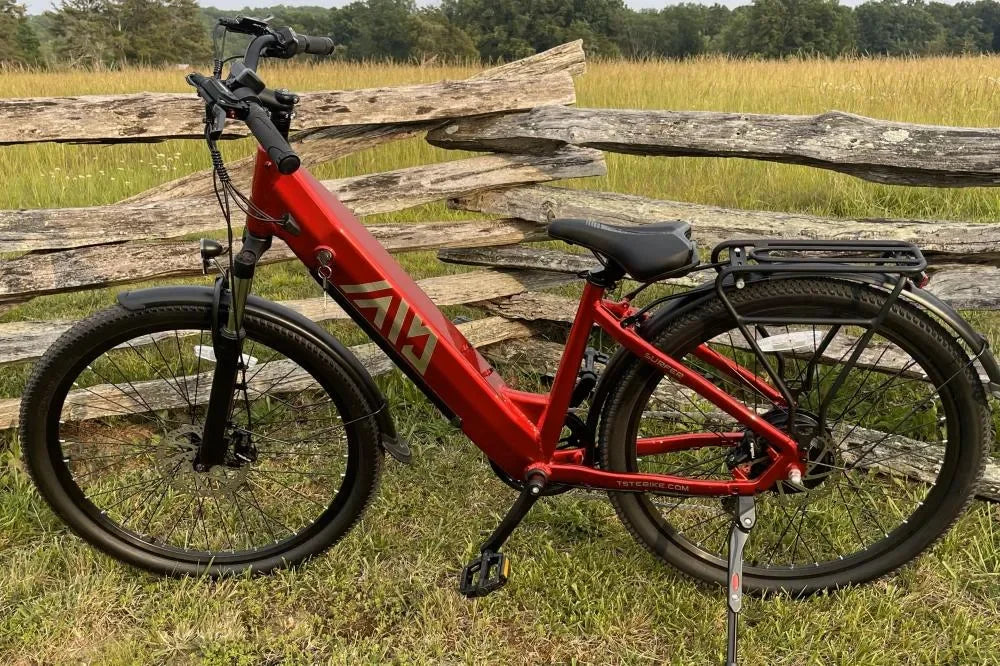
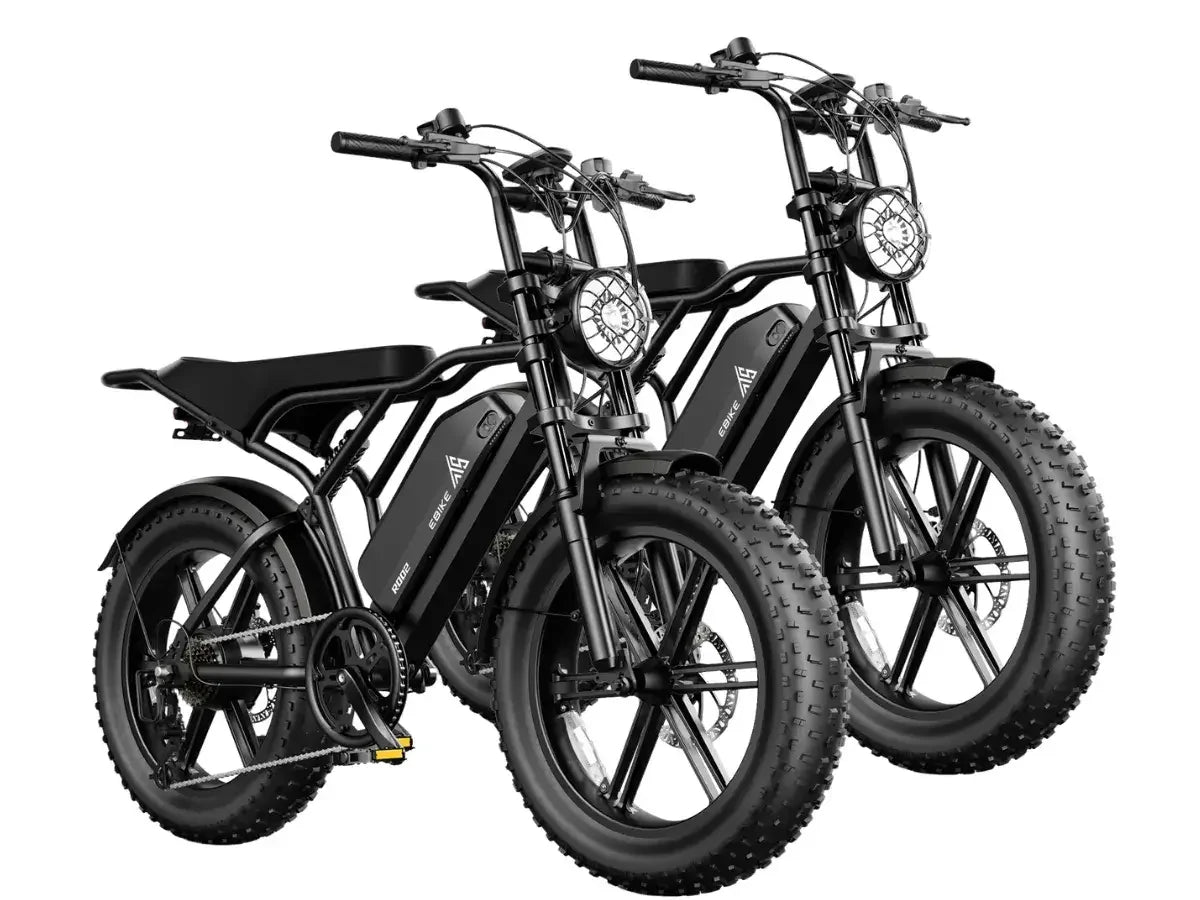
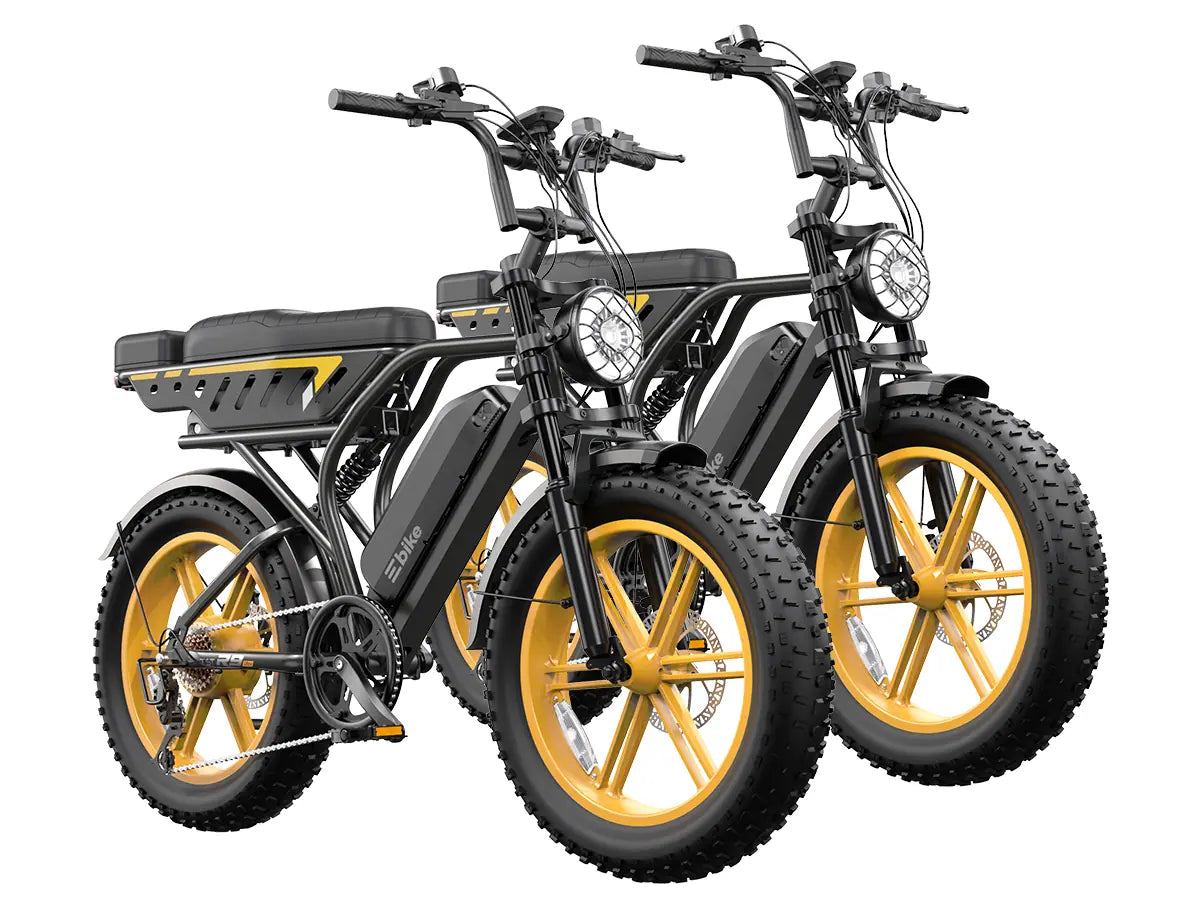
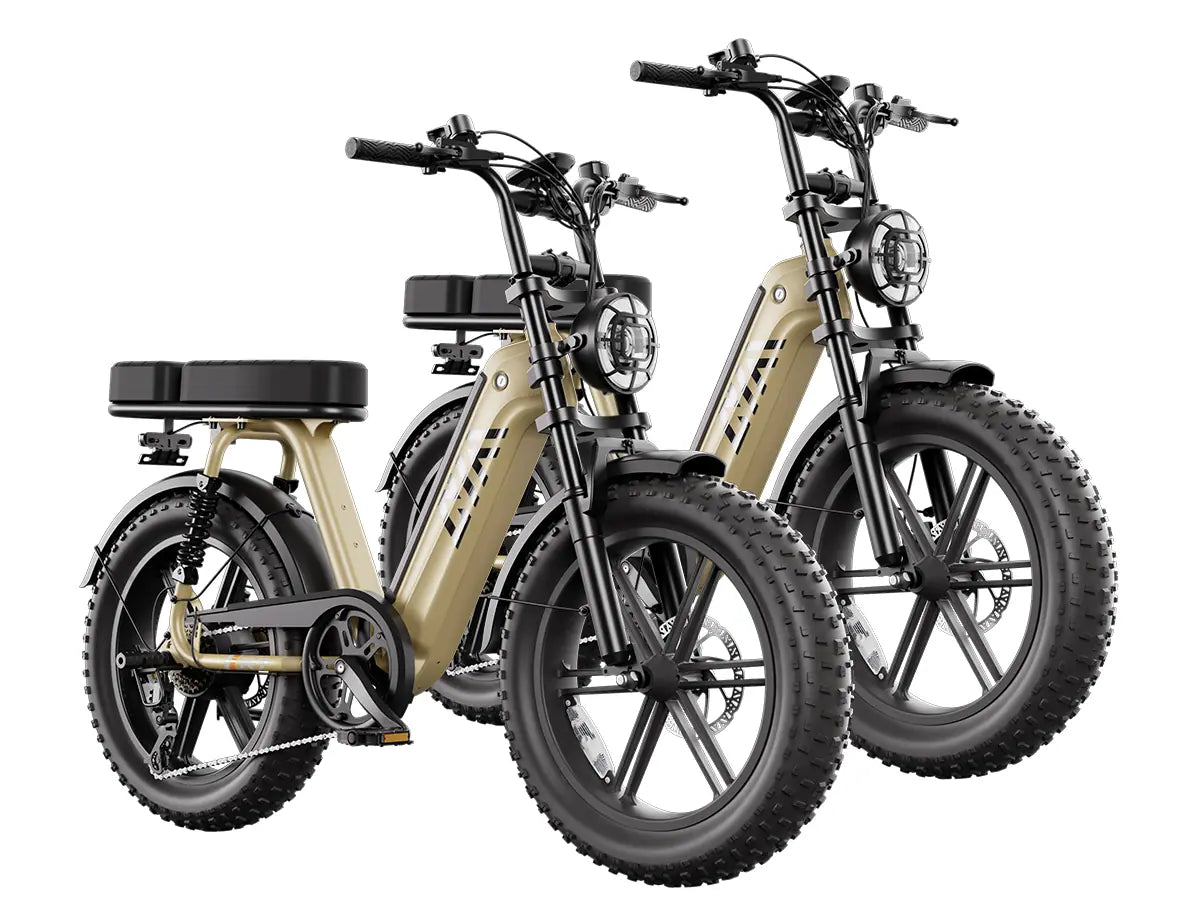
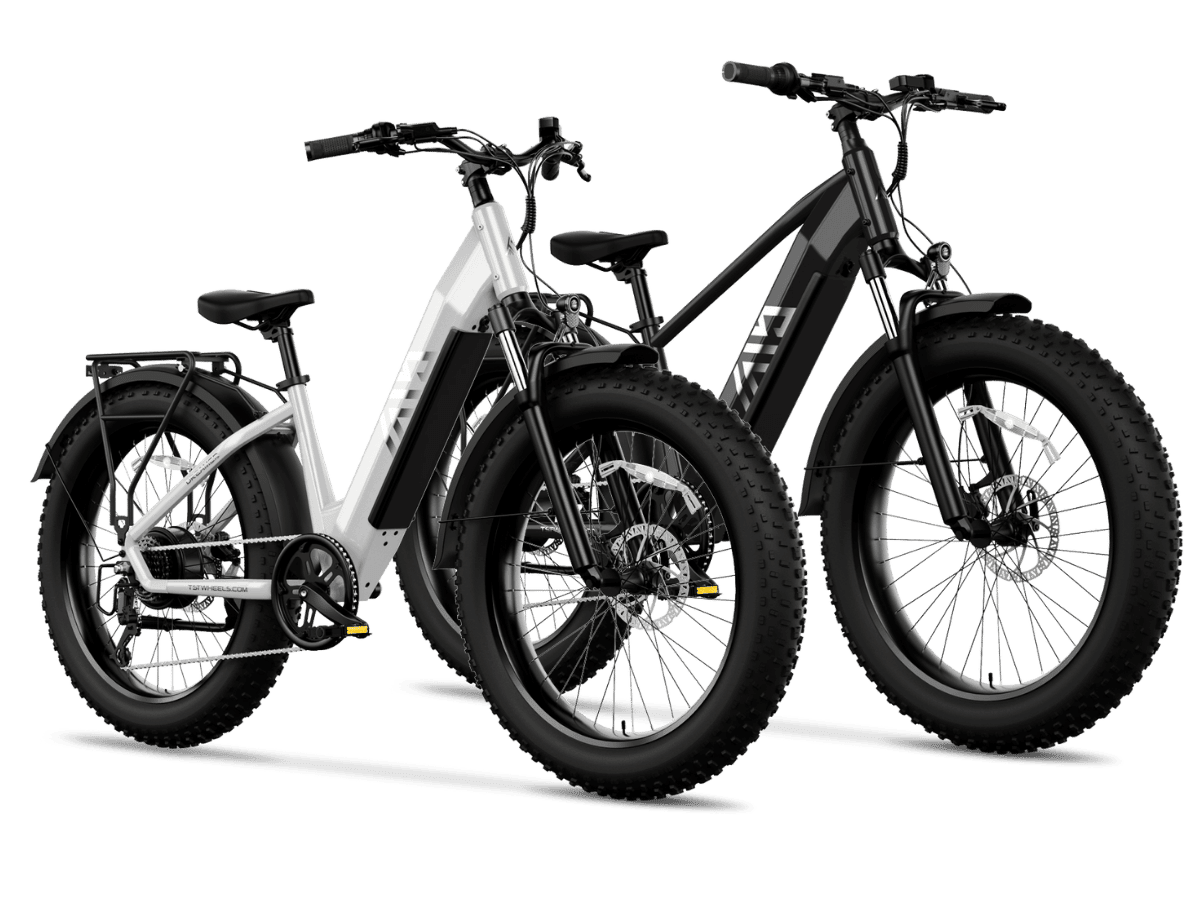
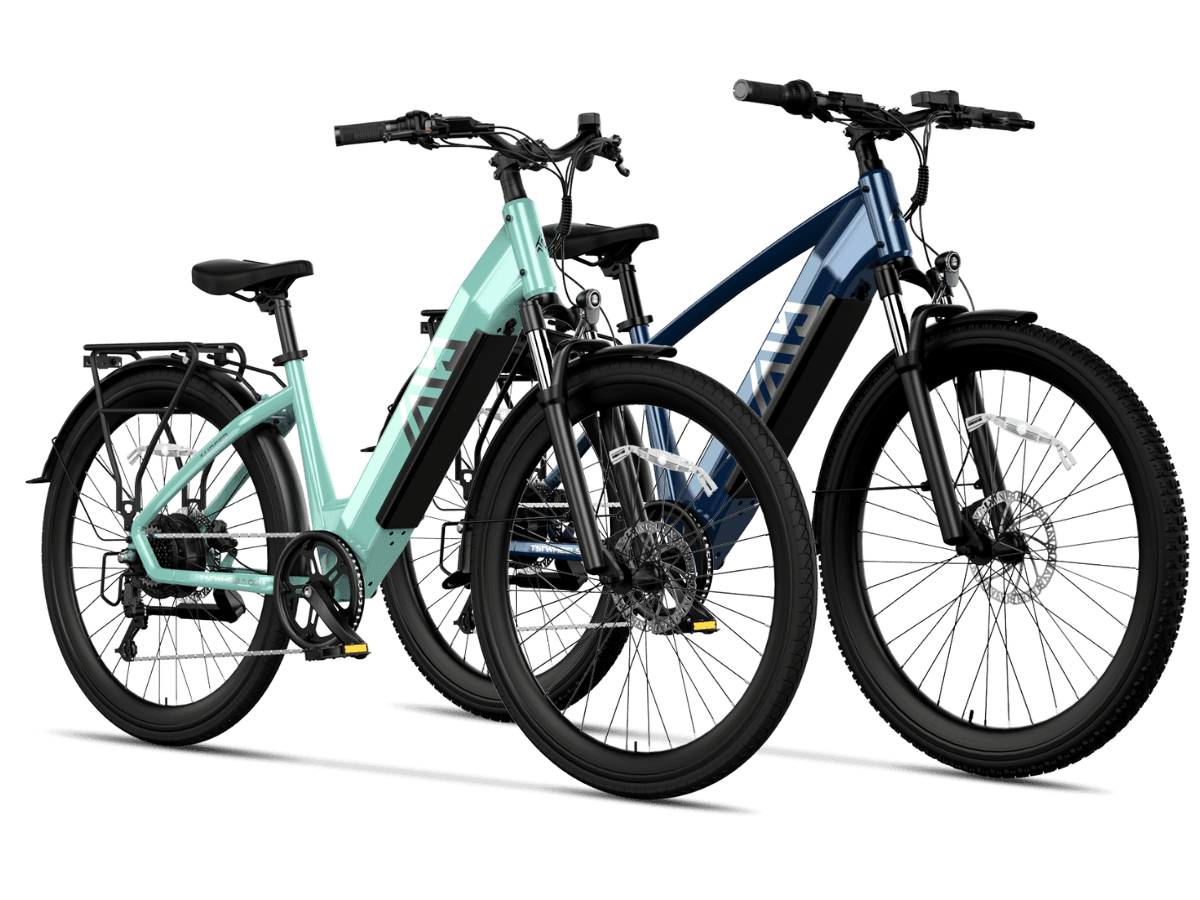
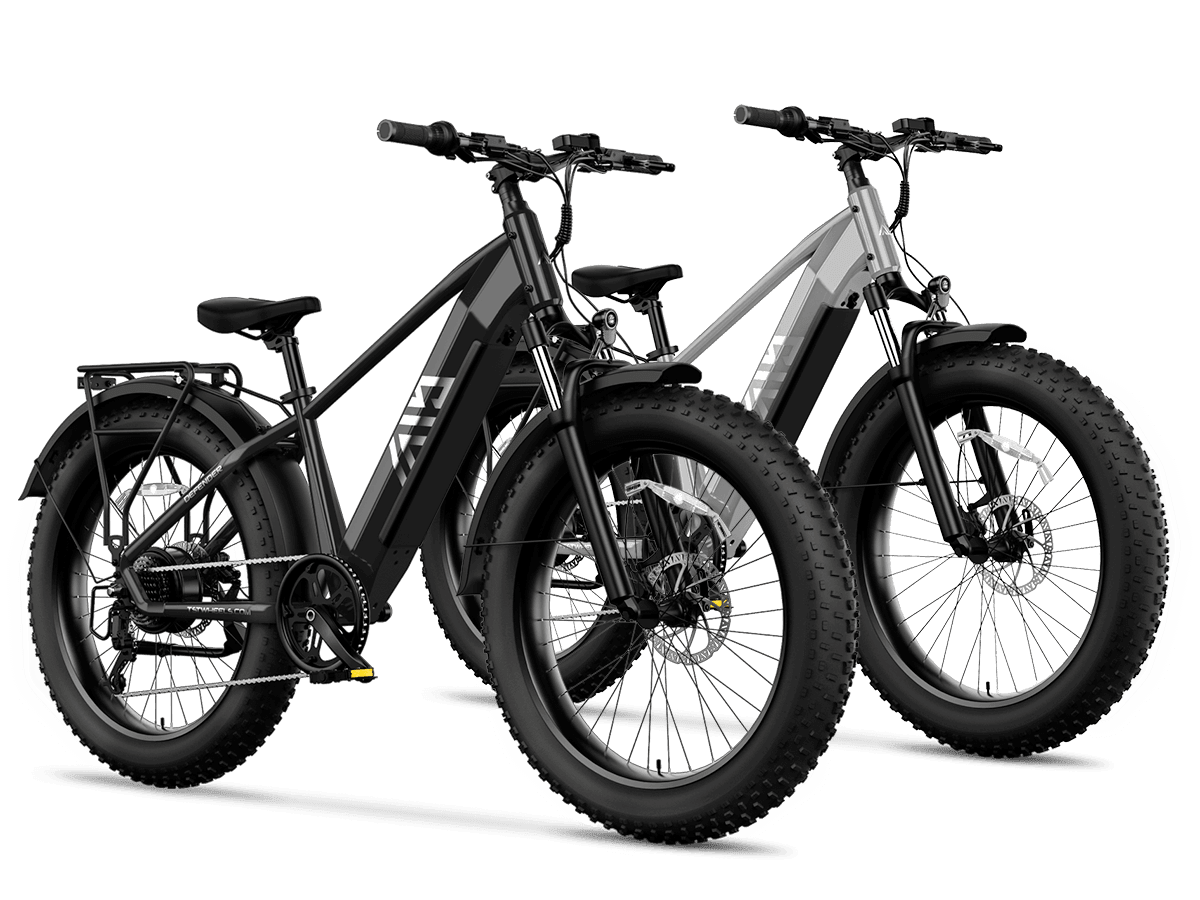
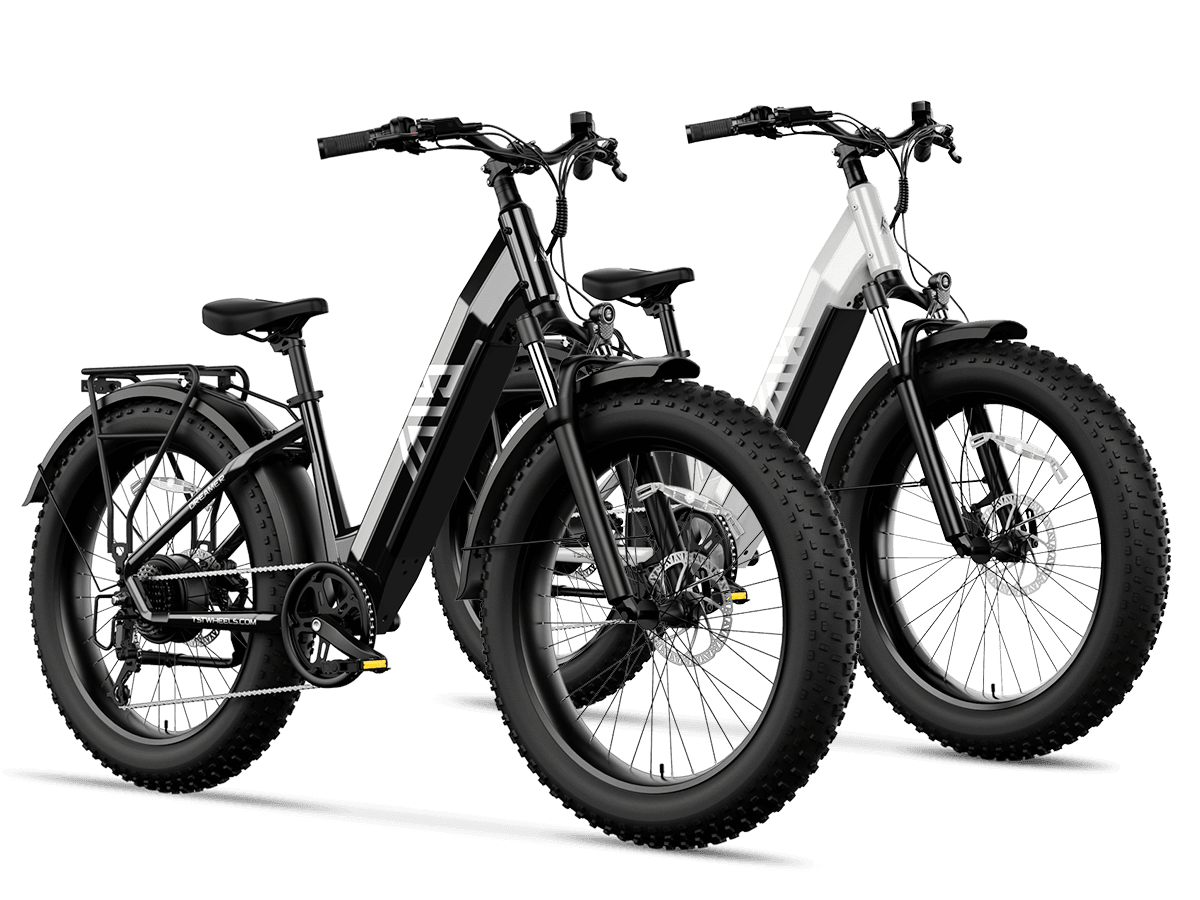
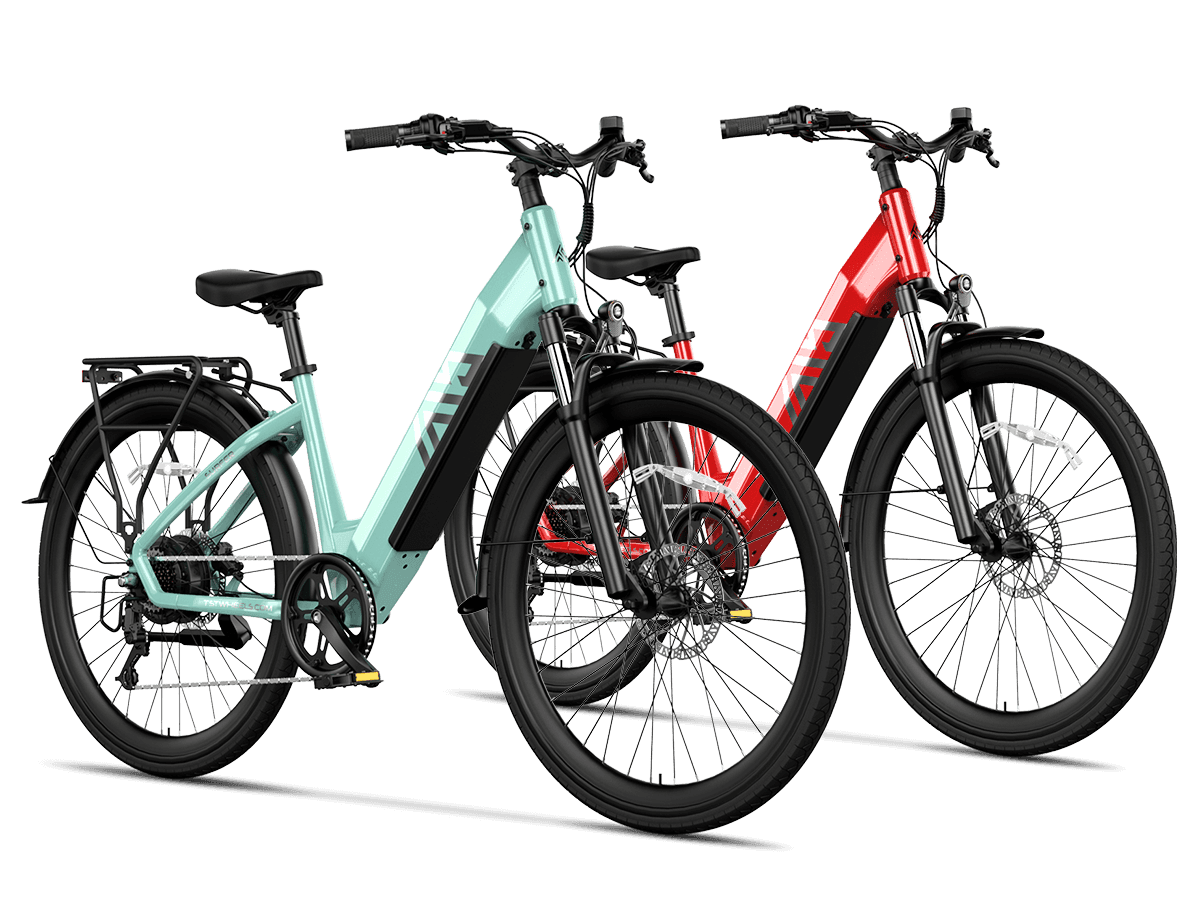
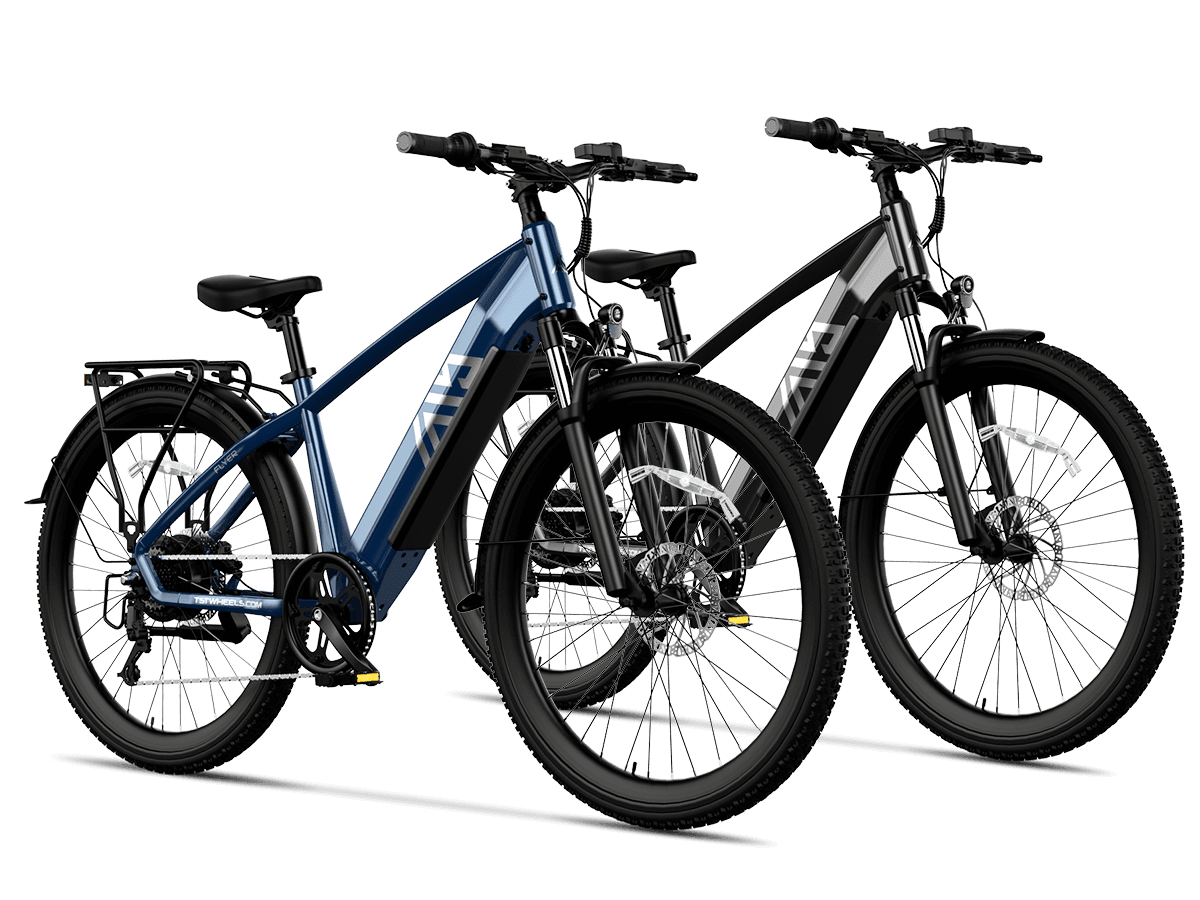

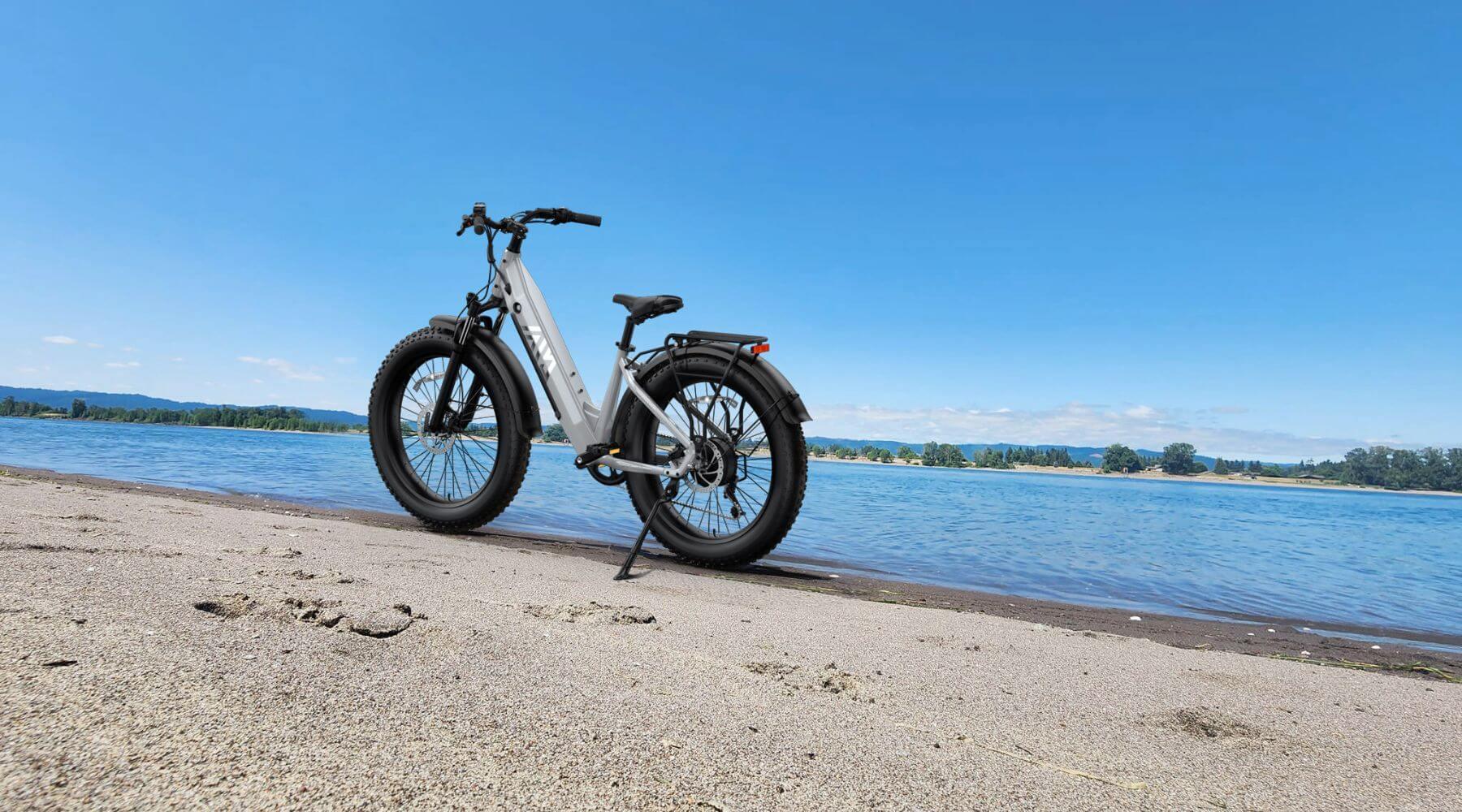

Leave a comment
All comments are moderated before being published.
This site is protected by hCaptcha and the hCaptcha Privacy Policy and Terms of Service apply.